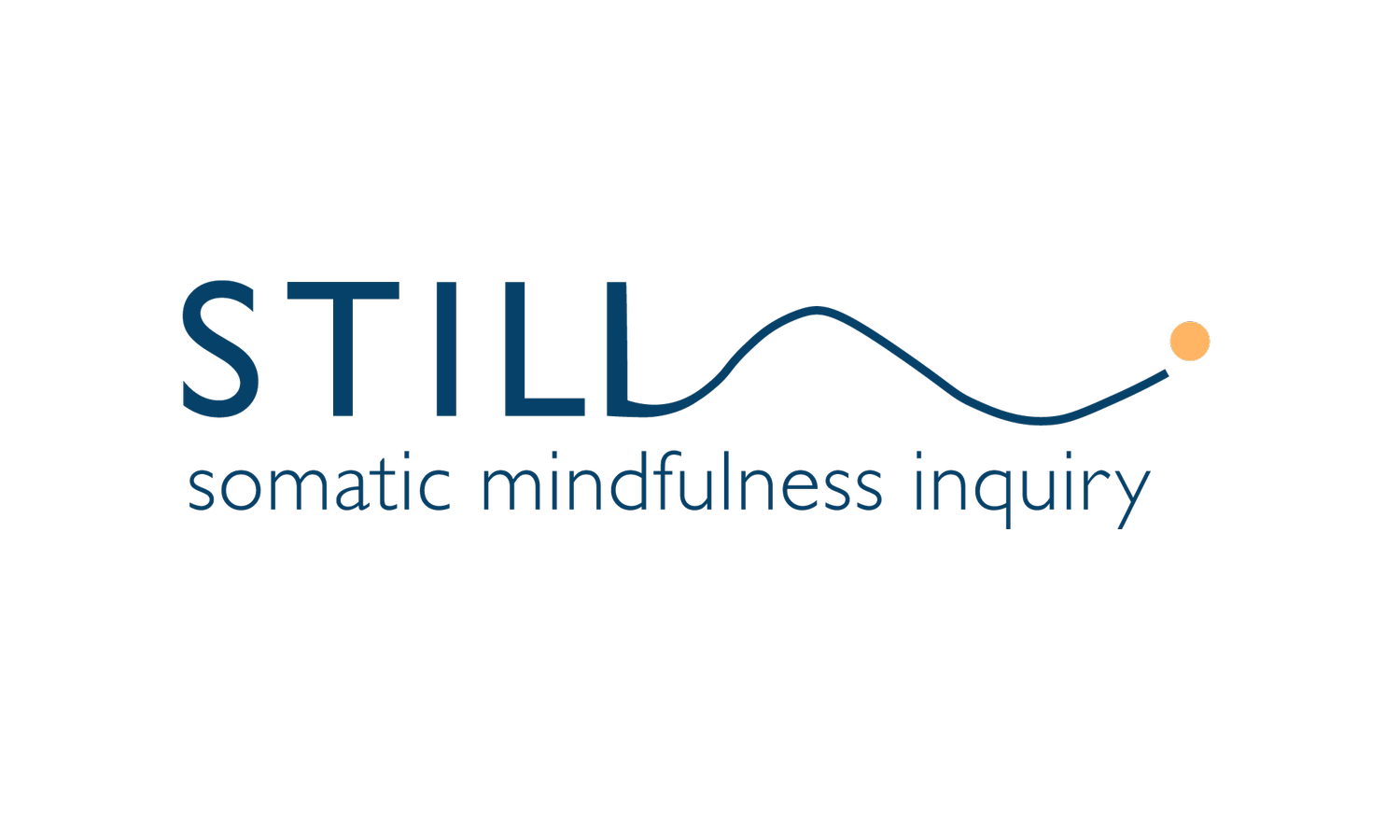When You “Lose It”
We anchor through awareness: what is happening in my immediate environment and am I reading it accurately? When we feel threat, our nervous system will activate survival strategies. We need to do more than react out of fear.
We need to bring our whole being into showing up in these times as our best self.
Resmaa’s book The Quaking of America is full of hard reality and it offers embodied practices to help build resilience and strength.
Resmaa’s Five Anchors and steps for when you feel you might go into a fight, freeze, flee, fawn, or annihilate response:
Soothe and resource yourself to quiet your mind, calm your heart, and settle your body
Pause, then notice and discern the sensations, vibrations, and emotion in your body instead of reacting to them
Accept and tolerate the discomfort instead of trying to flee from it
Stay present and in your body as you move through the unfolding experience, with all its ambiguity and uncertainty, and respond from the best parts of yourself
Metabolize any energy that remains
We all lose our temper sometimes and occasionally we freak out
Somatic practices help us sense when we’re getting close to our edge. They can help us pause, breathe, stay in our body, hold onto ourselves and step back from the edge.
We are living in a time of high stress and fear. We are stressed in our personal lives, communally, and globally. We don’t know what is going to happen and we are afraid. Our nervous systems are on edge. We are hypervigilant and vulnerable to “losing it”.
If you go over your edge, somatic practices will also help you to pause, recognize what’s happening, and bring yourself back to a more settled state. Awareness and practice also help with longer term stability, and reduce the times we tumble over the edge.
A Somatic Practice: recall an incident
“Recall an incident in which you freaked out and spun into a fight or flee or annihilate response. Relive the incident in your body and mind.
(Stay present in your body and aware that in this moment you are doing a somatic inquiry into an incident that is in the past. It is not happening right now. Remain aware of your body, breathe, and take a break if you need it until you can come back into awareness of the safety of this moment.)
What created the stresses or conflict?
What did your body experience as the stresses mounted?
Did you sense yourself getting close to your edge?
How did this awareness show up in your body?
What happened that finally pushed you over that edge?
What associations came in that intensified your response?
What did your body experience as you went over the edge?
What did you say and/or do as you freaked out?
What happened after that?
What did you eventually do that enabled your body to begin to settle?
What, if anything, did anyone else do to help you settle?”
Shame, and taking responsibility when we “lose it”
Sometimes our window of tolerance is bright and sunny and wide open. When we’re well rested, we have more resilience. When we’re tired and stressed, we lose resilience, and our window of tolerance narrows. We are dysregulated and vulnerable to losing it in survival responses.
When we’ve lost control and gone into a fight response, others might shame us, our inner critic might berate us, and we might be swallowed up in a shame response.
Our responsibility is to work with our nervous system and do what we can to show up as our best self.
When we lose it, we need to take responsibility for our actions and make a repair if that is appropriate. Especially then, remember that we can always offer ourselves kindness and compassion. As our “best self” comes back online, we commit to doing better next time.
The threats we are facing now are largely relational and it helps to heal in relationship. Join us for our Sunday free community class as we explore and build resilience and strength together. Details here.

